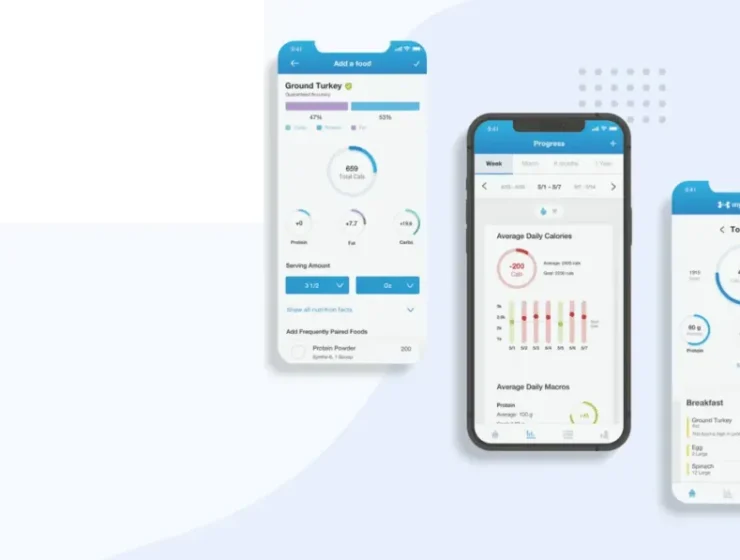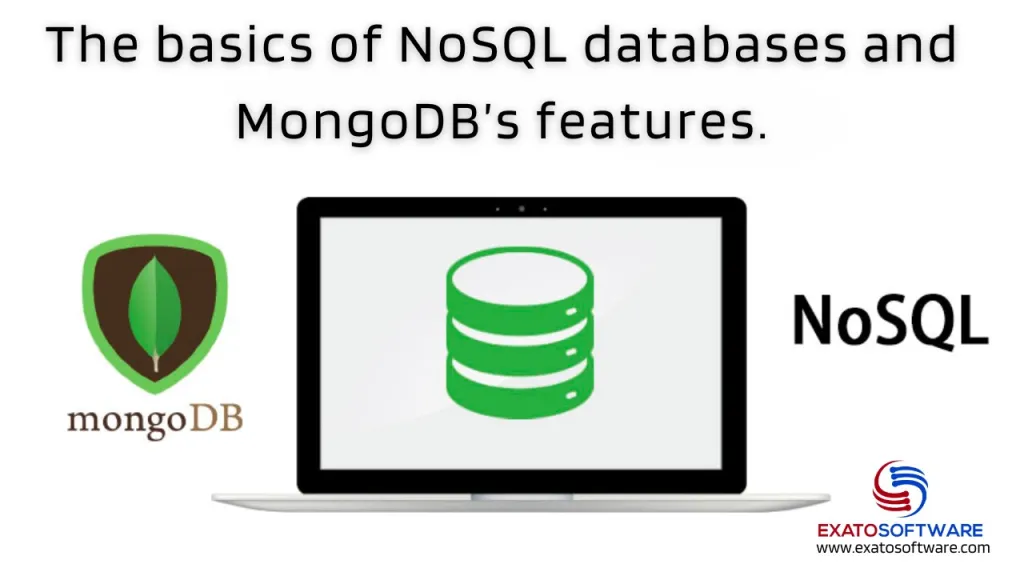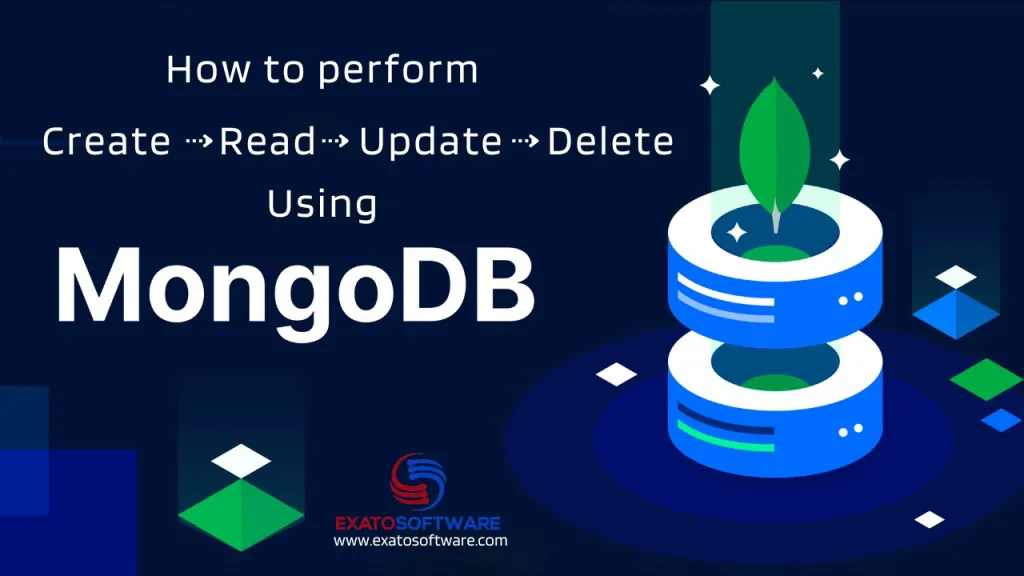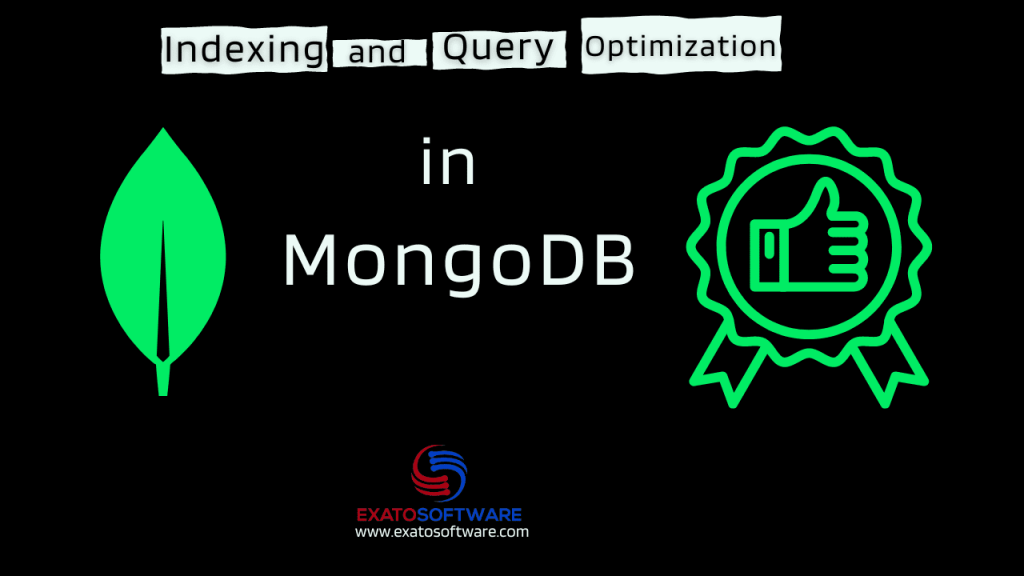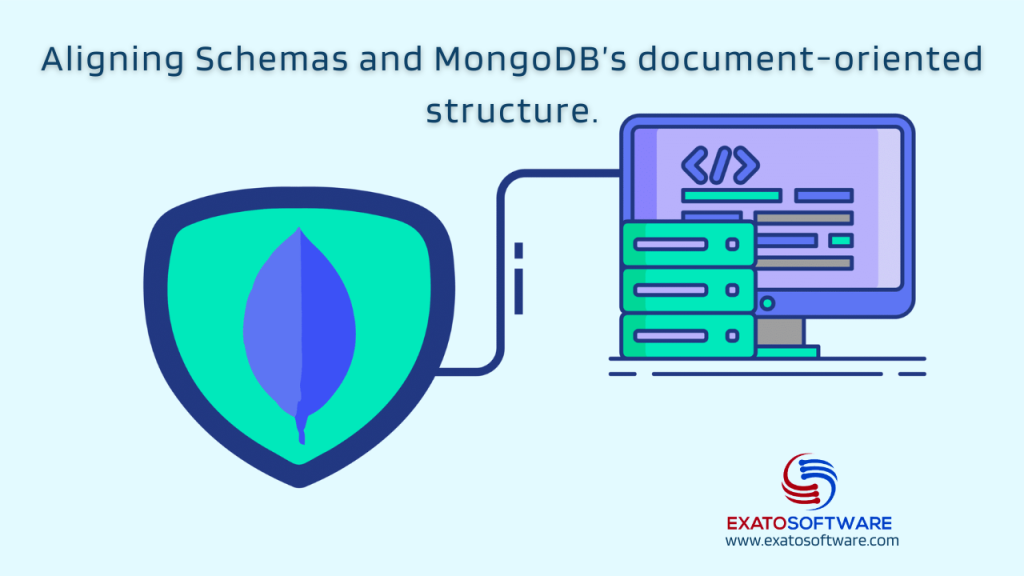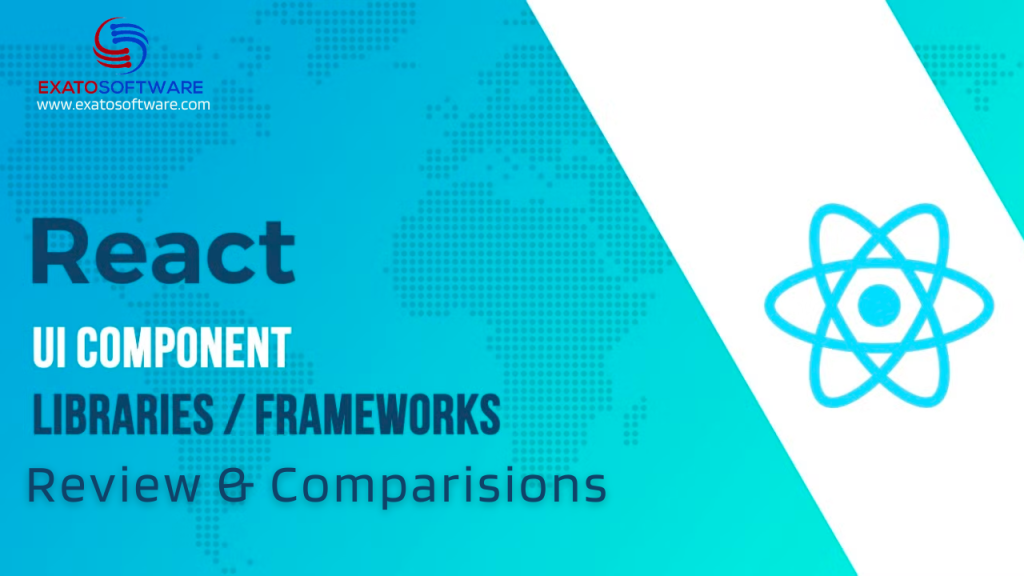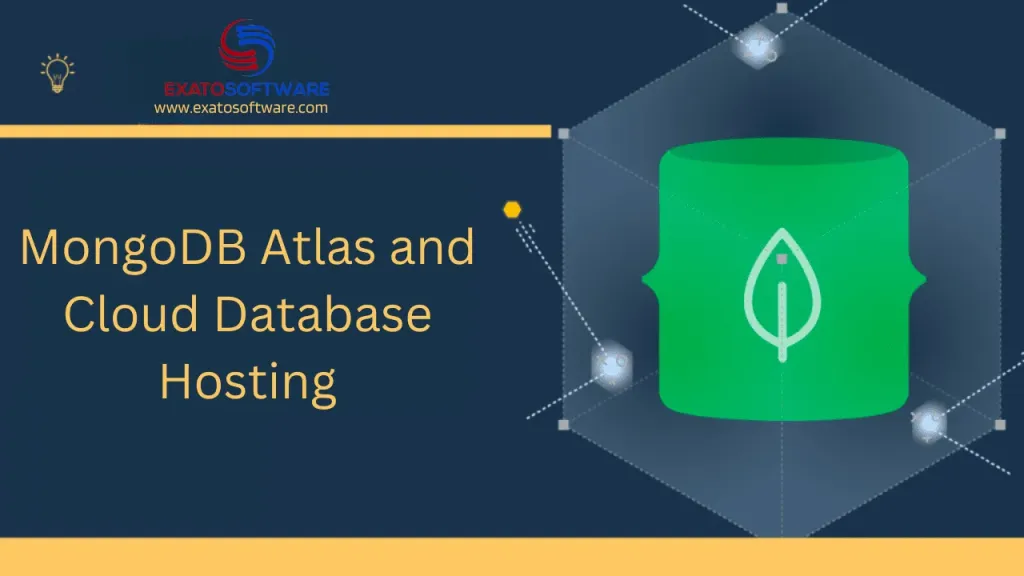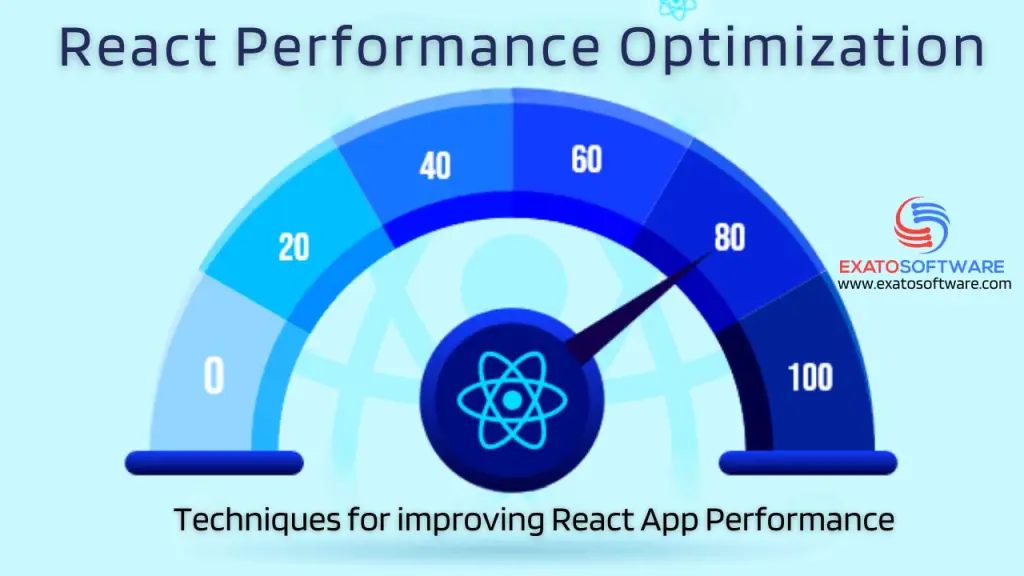
React Performance Optimization
Techniques for improving React app performance Optimizing React coding offers several benefits, contributing to better performance, maintainability, and user experience. 1. Improved Performance: Faster Rendering: Optimized React code can lead to faster rendering of components, resulting in a more responsive user interface. Reduced Redundant Renders: Techniques like memoization and PureComponent can prevent unnecessary re-renders, improving […]


